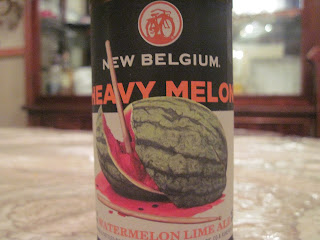This week's Sunday Night Suds looks at Samuel Adams Session Ale.
A "session" beer generally has the characteristics of a beer which is lower in alcohol than its traditional style, but without a major reduction in taste. The reason for the diminution in abv (alcohol by volume) is to allow the drinker to consume multiple bottles/glasses of the beer in one "session" without becoming drunk. BA explains this style as:
Any beer that contains no higher than 5 percent ABV, featuring a balance between malt and hop characters (ingredients) and, typically, a clean finish - a combination of which creates a beer with high drinkability. The purpose of a session beer is to allow a beer drinker to have multiple beers, within a reasonable time period or session, without overwhelming the senses or reaching inappropriate levels of intoxication.
Over the last five or so years I have tried numerous "session" beers including the Boulevard Pop Up Session IPA (reviewed here: http://kosherbeers.blogspot.com/2014/12/sunday-night-suds-boulevard-pop-up.html); Lakefront Extended Play Session IPA (reviewed here: http://kosherbeers.blogspot.com/2015/11/sunday-night-suds-lakefront-extended.html); New Belgian Slow Ride Session IPA (reviewed here: http://kosherbeers.blogspot.com/2015/07/belated-sunday-night-suds-new-belgium.html); Saranac Session Ale (reviewed here http://kosherbeers.blogspot.com/2013/07/sunday-night-suds-saranac-session-ale.html); Saranac Session IPA (reviewed here http://kosherbeers.blogspot.com/2012/05/sunday-night-suds-saranac-session-ipa.html).
Unlike the Session IPAs which I have previously reviewed, this beer advertises that it is an ESB. But there is little to no semblance of an ESB in this brew. There are some malts and I can see how they tried to create the balance which is characteristic to an ESB, but the end result is malt + fruit, but no hop bitterness which I can discern.
If you are looking for an Ale which is on the low end (5.0 abv) of the alcohol content spectrum and which has some yeast derived fruitiness, you might want to give this a shot. But if you are looking for a pint of bitters, I would suggest that you keep on looking.
Please note that not every brew produced by Samuel Adams is under kosher supervision. For a list of the Samuel Adams brews currently under supervision, please click on the link on the left side of my home page for my latest Kosher Beer List.
To see what the experts on Beer Advocate think about Samuel Adams Session Ale, please follow this link beeradvocate.com/beer/profile/35/208360. As always, please remember to drink responsibly and to never waste good beer unless there is no designated driver.
If you've tried this beer or any others which have been reviewed on the kosher beers site, please feel free to post your comments (anonymous comments are acceptable).
If you are reading this post more than six months after it was written, please note that it is possible that the product is no longer still certified kosher. To verify that the product is still certified kosher, please click on the kosher beers list link on the top left corner of the blog.
Lastly, if you have seen this post being carried on another site, please feel free to click www.kosherbeers.blogspot.com to find other articles on the kosherbeers blogsite. Hey its free and you can push my counter numbers up!





